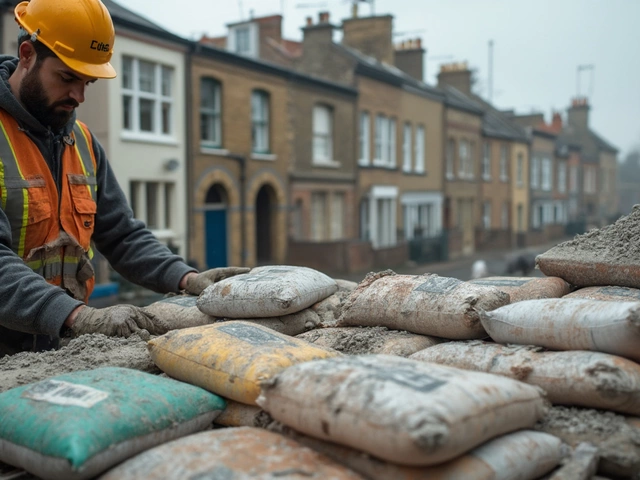Kitchen Fitting Cost: Real Numbers and Savings Tips
If you’re planning a new kitchen, the first question on most people’s minds is the price tag. Kitchen fitting cost can vary a lot, but knowing the typical range helps you avoid surprises. In the UK, a full‑fit kitchen usually runs between £5,000 and £15,000, depending on size, materials, and labour. Below we break down where the money goes and give you practical ideas to keep the total lower.
What Affects Kitchen Fitting Cost
First up, the biggest factor is the choice of cabinets. Stock cabinets from a big retailer can cost as little as £40 per unit, while custom‑made joinery can jump to £150 or more each. Next, the work top matters – laminate is cheap, solid wood and quartz are pricey. Appliances are another line item: a basic range might be £500, but a high‑end set can top £5,000.
Labour is often the hidden expense. Skilled fitters charge by the hour, usually between £30 and £45, and a typical kitchen install takes 3‑5 days. Complex layouts, like islands or angled walls, add extra time and cost. Finally, plumbing and electrics can add £500‑£1,500 if you need new connections or upgrades.
How to Keep Kitchen Fitting Cost Down
Start by measuring your space accurately and drawing a simple layout. The tighter the plan, the less time fitters need to make adjustments on site. Stick to a standard cabinet size; the more you use off‑the‑shelf units, the lower the price. Look for sales on work tops – many suppliers discount stock in the spring and autumn.
Do as much demolition yourself as safely possible. Removing old cabinets, pulling out appliances, and clearing the floor can save you a few hundred pounds in labour. If you’re handy, consider assembling flat‑pack cabinets before the fitter arrives – just make sure you follow the instructions.
Another tip is to combine orders. When you buy cabinets, work top, and appliances from the same supplier, they often throw in a discount or free delivery. Don’t forget to ask for a detailed quote that breaks down each cost. If something looks high, you can negotiate or get a second opinion.
Lastly, think about timing. Fitters are busiest in the spring and summer, so rates can be higher. Booking in the off‑season (late autumn or winter) may get you a better price and more flexible scheduling.
By keeping an eye on the main cost drivers – cabinets, work tops, labour, and services – you can set a realistic budget and avoid nasty surprises. Remember, the cheapest option isn’t always the best long‑term. Choose durable materials where it matters most, like countertops and splashbacks, and you’ll save money on repairs later.
Ready to start budgeting? Grab a spreadsheet, list your preferred choices, and ask at least three suppliers for quotes. With clear numbers in front of you, you’ll feel confident moving forward and can enjoy your new kitchen without breaking the bank.
Kitchen Fitting Cost: How Much Does It Really Cost to Fit a Kitchen?

Wondering how much it costs to fit a kitchen? This article breaks down the real numbers behind kitchen fitting prices in 2025. From what affects the cost to how fitters charge, you'll see what impacts the total price and learn tips for getting the best deal. We cover everything from materials to hidden costs, so you’ll know exactly what to budget for. Perfect if you want to avoid nasty surprises during your next kitchen refurb.
read more



